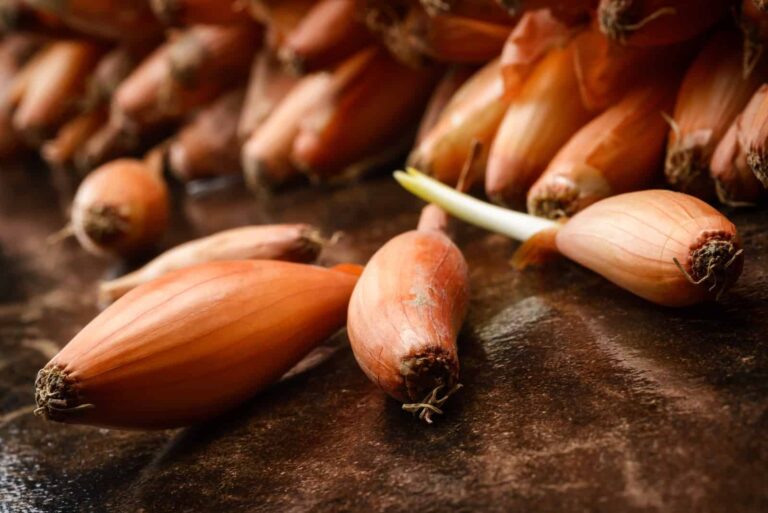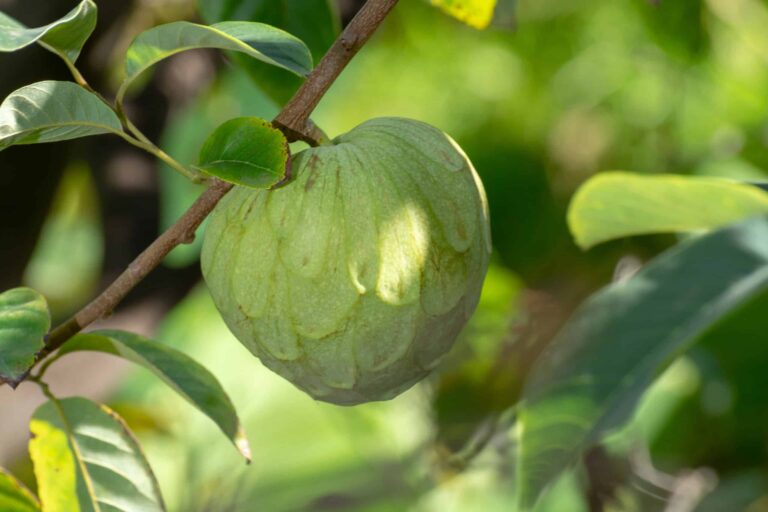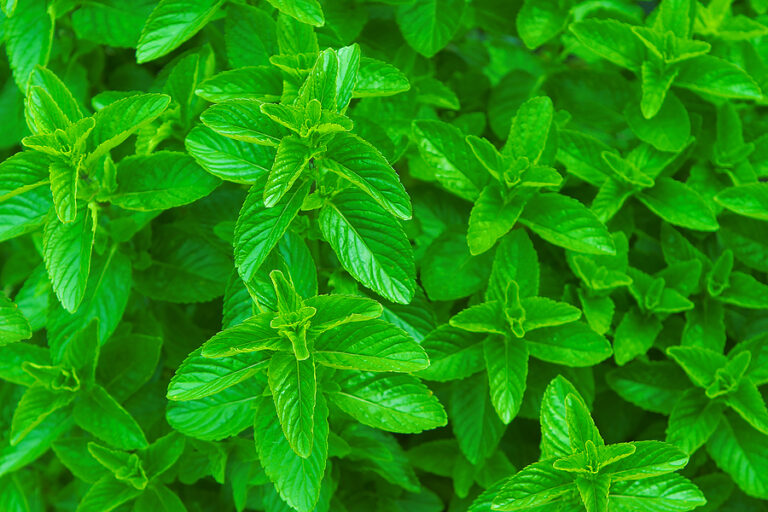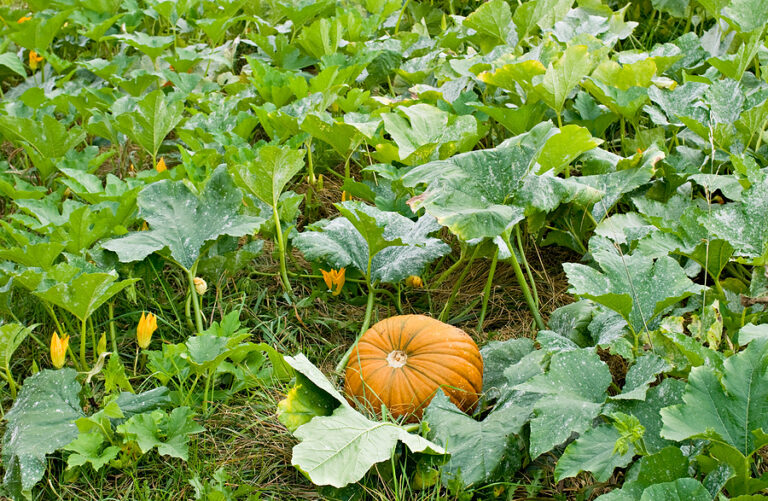Fascinating Facts About Pumpkins
Pumpkins are one of the most iconic symbols of autumn, but there’s so much more to these colorful fruits than meets the eye. After years of growing many types of pumpkins—from miniature varieties to giant competition pumpkins—I’ve come to appreciate just how fascinating they truly are. Here’s a closer look at some fun and surprising facts about pumpkins.
Where the Name “Pumpkin” Comes From
The pumpkin is said to have gotten its name from the old French word for melon, pompon, which traces back even further to the Greek word pepon, meaning “large melon.” Over time, the word evolved through several languages to become “pumpkin” in English.
In France today, pumpkins are often used in traditional dishes, especially soupe au potiron, a rich and creamy pumpkin soup enjoyed during the cooler months.
What a Pumpkin Really Is
Botanically speaking, pumpkins are tender, squash-like annuals with smooth rinds that are often scored with vertical grooves. They belong to the Cucurbitaceae family, which also includes cucumbers, melons, and other types of squash.
Interestingly, the name “pumpkin” is loosely applied to many hard, orange squashes and gourds, even if they differ slightly in species or appearance.
Pumpkins are classified under three main botanical names:
- Cucurbita maxima (includes giant pumpkins)
- Cucurbita moschata (includes many traditional pie pumpkins like ‘Dickinson’)
- Cucurbita pepo (includes most carving pumpkins and small ornamentals)
Each species has its own growth habits, fruit types, and best uses, from cooking to decoration.
Incredible Size and Color Variety
One of the most remarkable things about pumpkins is the sheer variety in size and color. Fruits can range from just a few ounces (like the adorable ‘Jack Be Little’ pumpkins) to several hundred pounds, as seen in giant pumpkin competitions. The current world record for the heaviest pumpkin is over 2,700 pounds!
While the classic deep orange pumpkin is what most people think of, pumpkins can also be white, blue, green, red, or even swirled with multiple colors. Some heirloom varieties—like ‘Galeux d’Eysines’ and ‘Jarrahdale’—offer beautiful, unique appearances that make them favorites among gardeners and chefs alike.
Growth Habits: Big Leaves and Long Vines
Pumpkins are vigorous growers. Their large, green leaves help shade the developing fruits and suppress weeds, and the branching vines can stretch up to 20 feet long or more in a single season.
Because of this rapid growth, it’s important to give pumpkins plenty of room in the garden—or train them creatively up sturdy trellises if space is limited.
Pumpkin Flowers and Pollination
Both male and female flowers grow on the same pumpkin vine, a trait known as monoecious flowering. Male flowers typically appear first to attract pollinators, followed by female flowers, which bear tiny immature pumpkins at their base.
Pollination—usually done by bees—is essential for fruit development. Gardeners sometimes hand-pollinate pumpkin flowers to ensure a good harvest, especially in gardens where natural pollinators are scarce.
The Origins of Pumpkins
Pumpkins originated in tropical America, where they have been cultivated for thousands of years. Archaeological evidence shows that pumpkins and other squash were grown in Central and South America as early as 7,500 to 5,000 BC.
Indigenous peoples of the Americas used pumpkins as an essential food source, long before European settlers arrived. Pumpkin flesh was eaten, the seeds were roasted, and even the shells were sometimes dried and used as containers.
🎃 Fun Pumpkin Facts
- Pumpkins are 90% water! That’s why they feel so light for their size.
- Every part of the pumpkin is edible—the skin, flesh, seeds, and even the flowers.
- Pumpkins are fruits, not vegetables—botanically, they develop from a flower and contain seeds.
- The world’s heaviest pumpkin weighed 2,749 pounds and was grown in Italy in 2021.
- The tradition of carving pumpkins comes from an Irish myth about “Stingy Jack” and originally used turnips!
- Pumpkins grow on every continent except Antarctica.
- Pumpkin seeds are packed with nutrients like magnesium, zinc, and healthy fats.
- Cinderella’s carriage in the famous fairy tale was made from a magical pumpkin.
- Illinois grows more pumpkins than any other U.S. state, producing over 500 million pounds a year.
- Pumpkin spice flavor usually doesn’t contain pumpkin—it’s a mix of cinnamon, nutmeg, cloves, and ginger.
Final Thoughts
In my own garden, I’ve grown dozens of pumpkin varieties over the years, and each one brings something special—whether it’s the towering vines of a giant pumpkin, the rich flavor of a classic pie pumpkin, or the charming colors of a small heirloom. Pumpkins aren’t just for Halloween or Thanksgiving—they’re a living connection to history, culture, and the wonder of growing something extraordinary from a tiny seed.
Whether you’re growing pumpkins for carving, cooking, or just admiring, knowing a little more about these fascinating fruits makes the experience even richer.
Related Posts Start Here:
Getting Started
- Pumpkin Varieties You’ll Love to Grow
- Choosing the Right Pumpkin: Cooking vs Carving
- Pumpkin Seed Starting Tips
- How to Plant Pumpkins Successfully
- How to Grow Pumpkins in Containers
- Best Companion Plants for Pumpkins
Growing and Care
- Watering, Feeding, and Caring for Pumpkins: A Complete Guide
- Pumpkin Pollination: A Gardener’s Guide
- Common Pumpkin Pests and Diseases (and How to Stop Them)
Harvest and Beyond
- How and When to Harvest Pumpkins
- How to Store and Preserve Pumpkins After Harvest
- Five Ways to Cook Pumpkins
Bonus/Fun







